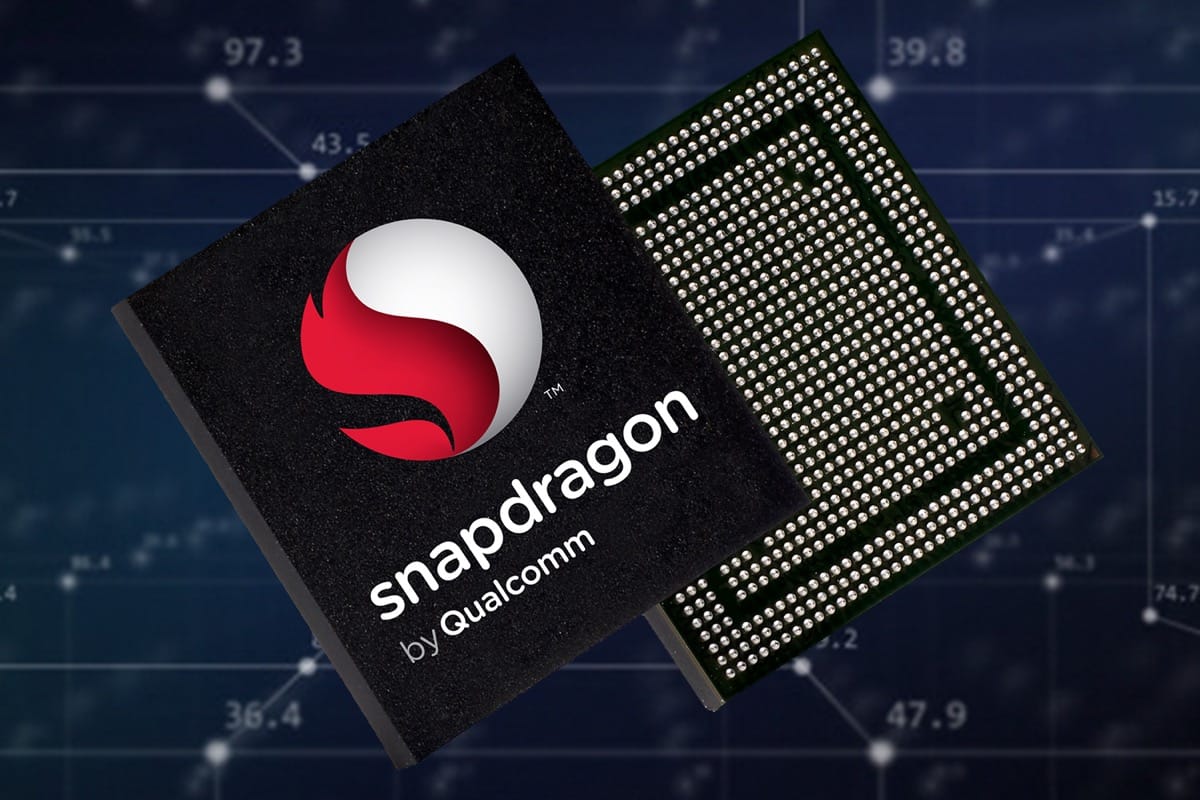In brief: It's not often that Qualcomm refreshes its flagship mobile chipset before unveiling a new architecture, but this year the company has chosen to do some binning on its Snapdragon 855 so that gaming smartphones can integrate what is essentially an overclocked version of the chip.
Qualcomm announced today a refresh for its Snapdragon 855 mobile platform, something the company has been known to do for its flagship mobile processors once in a few generations. It's called the Snapdragon 855 Plus, and is essentially an incremental upgrade that's intended for gaming phones such as the Razer Phone, the Nubia Red Magic and Asus' upcoming ROG Phone 2, to name a few.
There aren't any architectural changes in the new Snapdragon chip, but Qualcomm has managed to squeeze more performance out of it, with the eight-core Kryo CPU now running at moderately higher peak clock speeds of up to 2.96 GHz. The 4th-gen AI engine has been tweaked for better AI, AR and VR, and is now capable of "more than 7 trillion operations per second."
The bigger boost comes from the GPU side of the equation, where the performance increase is a much more noticeable 15% on top of what the Adreno 640 in the 855 is already capable of. The company says that games that use the Vulkan 1.1 API will be 20% more battery-friendly compared to those that rely on Open GL ES.

It's worth noting that the Snapdragon 855 Plus still needs to be paired with a Snapdragon x50 modem for 5G connectivity, but the company is said to be readying a new chip for 2020 that will integrate that capability on the same chip.
Qualcomm says we should expect to see the new SoC debut in consumer products later this year, meaning it may end up powering the upcoming Galaxy Note 10, a smartphone that in typical Samsung fashion leaked in all its naked glory before next month's official reveal.
Qualcomm is having a great year so far, after having settled its long court battle with Apple, and is confident it can make a Snapdragon CPU that can compete with Intel's mobile i5 chipsets. The 855 Plus is faster, sure, but one of its biggest clients – Samsung – is now working with AMD on bringing RDNA graphics to its smartphones, a move that will likely keep Qualcomm on its toes.
